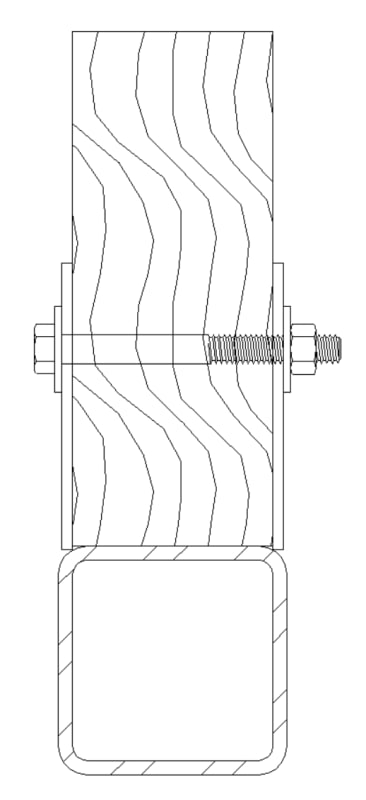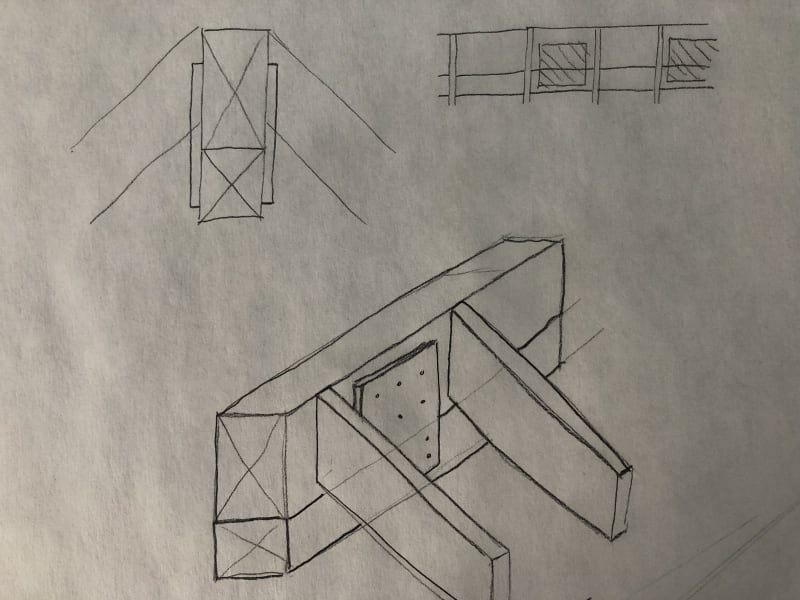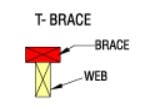GaryHStr
Structural
- Jul 12, 2022
- 8
Hey everyone,
I'm working on a bit of a situation here. I've got a ridge beam in a building that's already up. It's about 9.5 inches by 3.5 inches and it's bending more than it should. I was thinking about adding a steel plate, but that won't work because it'll get in the way of the rafters.
So, my plan now is to attach another piece of wood to the bottom of this beam. The new piece would be about 4 inches by 3 inches, making the whole beam around 12.4 inches deep.
The thing is, I'm not sure about the best way to attach this new piece of wood since the beam's already in place. Have any of you done something like this? What worked for you?
Appreciate your insights!
I'm working on a bit of a situation here. I've got a ridge beam in a building that's already up. It's about 9.5 inches by 3.5 inches and it's bending more than it should. I was thinking about adding a steel plate, but that won't work because it'll get in the way of the rafters.
So, my plan now is to attach another piece of wood to the bottom of this beam. The new piece would be about 4 inches by 3 inches, making the whole beam around 12.4 inches deep.
The thing is, I'm not sure about the best way to attach this new piece of wood since the beam's already in place. Have any of you done something like this? What worked for you?
Appreciate your insights!



